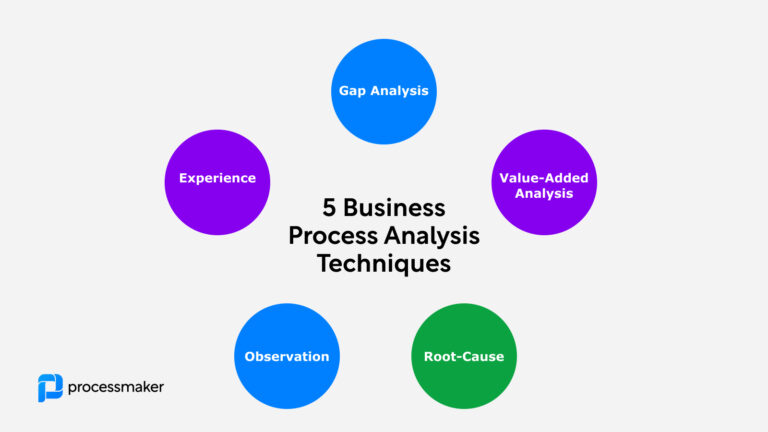To first understand low-code platforms, we must look at James Martin, an information technology consultant. In 1982 he published a book called Application Development Without Programmers. In his book, he stated, “The number of programmers available per computer is shrinking so fast that most computers in the future must be put to work at least in part without programmers.”
In the 90s’ we saw the birth of fourth-generation programming languages (4GL), computer-assisted software engineering (CASE) tools, and early rapid application development (RAD) tools promising to offload the demand of new applications to users themselves. This stack of technologies failed to disrupt traditional application development for many reasons, including overpromising and under-delivering, not supporting best practices, amplifying security risks, and the invention of the internet.
In short, the timing of low-code platforms was off. In fact, the demand for this technology is at an all-time high. Forrester Research expects the market for low-code development platforms to grow from $3.8 billion in 2017 to $21.2 billion in 2022 because of:
“The constant increase in demand for software automation and innovative applications, along with the ease of development of web and mobile apps, is expected to have led enterprises of all sizes to adopt the low-code development platform. Moreover, the cloud-based deployment model is gaining high traction in the market, as it requires less capital investment, helps decrease the operational and maintenance costs, and reduces the management’s efforts.”
So what’s changed? Essentially, the platform. A low-code development platform (LCDP) is software that provides an environment programmers use to create application software through user interfaces instead of traditional computer programming. Additionally, the cloud also provides more security, reliability and faster deployment.
Low Code and ROI
A Forrester research document indicated that “84% of firms with highest enterprise requirements use low-code development and see return-on-investment.” The research confirms that low-code has the power to overcome the toughest barriers to successful digital transformation. In fact, the survey showed that 100% of low-code enterprises have received ROI from their low-code adoption.”
So how does one determine the true ROI of an LCDP? There are four things to consider:
- Lower IT expenditure
- With LCDP, IT spend can be significantly reduced by eliminating the need to hire new developers and by reducing the number of single-point solutions a company uses. In fact, most organizations are using an average of 100+ software tools to run their businesses. This operational inefficiency costs organizations as much as 30% of annual revenue.
- Faster digital transformation progress
- Digital transformation is a hot topic for many IT leaders and LCDPs can help get companies there faster without any additional work from IT.
- Reducing IT backlog
- By equipping programmers and citizen developers with efficient LCDPs, IT backlogs usually dwindle in size.
- Increasing IT output
- With an LCDP, developers can do more projects and work on higher quality projects because they won’t have to work on creating simple applications that citizen developers can build for themselves.
Low-code platforms can meet the highest enterprise requirements. Firms with the lowest tolerance for downtime and data loss, as well as the strongest requirements for continuous auditing and independent security certification, are the most likely to run top applications on low-code. Their endorsement of low-code proves that enterprise-ready low-code solutions are already available in the market.
Low-code BPM
Low-code BPM platforms combine low-code development with robust BPM capabilities to enable developers and non-developers to create automated business processes. A true low-code BPM allows data to be stored, maintained and analyzed in a central location, making it easy to use data to make informed decisions and optimize workflows. Additionally, a low-code BPM also streamlines existing workflows by seamlessly connecting different software tools while extending the functionality of current systems already in place or connecting legacy systems. By eliminating these barriers to efficiency and modernizing legacy systems, organizations can increase productivity so companies can deliver results faster at a lower cost.
The Future of LCDP
Naturally, there are users that aren’t optimistic about the potential for low-code development platforms as some platforms lock users into unmaintainable systems that cannot be easily built upon or upgraded. This isn’t the future of LCDPs. It is likely to become a standard across many enterprise organizations and will be essential for ensuring digital transformation and being competitive in the years to come.





